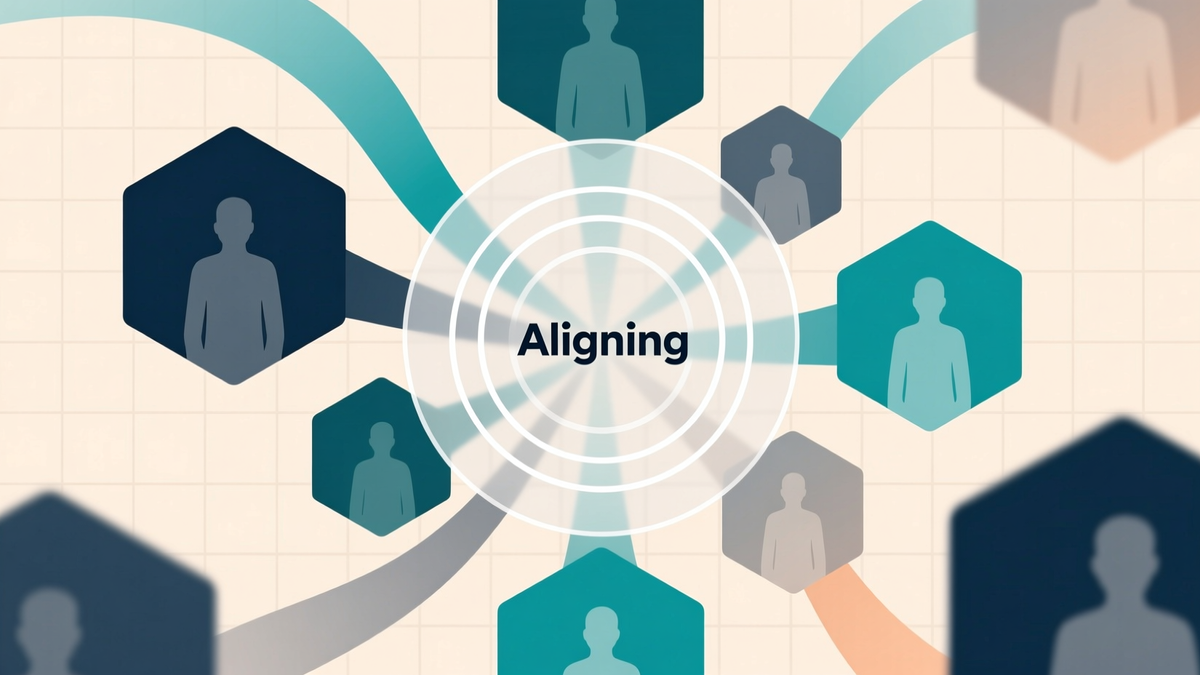
Strategic Team Building: Boosting Workplace Culture and Effectiveness
Learn how strategic team building drives organizational success through actionable planning, ice breaker games, and culture-focused strategies.
Why Strategic Team Building Matters in Modern Organizations

In today's fast-paced business landscape, strategic team building is no longer a luxury—it's a necessity. Companies that invest in deliberate team planning see a 30% increase in productivity, according to Gallup research. This article explores how aligning team strategy with organizational development can transform workplace culture and drive long-term success.
 [IMAGE_PLACEHOLDER_1]
[IMAGE_PLACEHOLDER_1]
Key Components of Strategic Team Building
1. Aligning Team Strategy with Organizational Goals
Effective team planning begins by ensuring every activity connects to broader business objectives. For example, a tech startup used ice breaker games focused on problem-solving to align with their innovation-driven mission, resulting in a 40% faster product development cycle.
2. Enhancing Team Effectiveness Through Structured Activities
Harvard Business Review highlights that teams engaging in regular strategic planning sessions outperform peers by 27%. Incorporate activities like:
- Collaborative escape room challenges
- Trust-building outdoor simulations
- Data-driven decision-making workshops
Practical Steps for Strategic Planning
Step 1: Assess Team Dynamics
Use anonymous surveys to identify communication gaps. A Fortune 500 company discovered 65% of employees felt disconnected during virtual meetings, prompting targeted ice breaker games that improved engagement.
Step 2: Design Tailored Experiences
Customize activities to address specific challenges. For remote teams, try virtual trivia games to boost camaraderie. [IMAGE_PLACEHOLDER_2] For in-person groups, leadership simulations can clarify roles.
Step 3: Measure and Iterate
Track metrics like employee retention and project completion rates. After implementing quarterly team planning sessions, a retail chain reduced turnover by 22% within a year.
Real-World Success: Case Study
A global consulting firm struggling with siloed departments adopted a strategic approach featuring cross-functional team-building workshops. Within six months, interdepartmental collaboration scores rose by 50%, directly impacting client satisfaction rates.
[IMAGE_PLACEHOLDER_3]Boosting Workplace Culture Through Innovation
Leveraging Ice Breakers for Long-Term Impact
Simple games like 'Two Truths and a Lie' can uncover hidden talents and foster psychological safety. One marketing agency reported a 35% increase in creative idea-sharing after making these activities routine.
Building Sustainable Culture
Strategic planning isn't a one-time event. Regularly revisit goals and adapt activities. A 2023 Deloitte study found that organizations with ongoing team effectiveness programs are 1.5x more likely to maintain high performance.
[IMAGE_PLACEHOLDER_4]Actionable Takeaways
- Conduct quarterly team strategy audits
- Integrate ice breakers into weekly meetings
- Set SMART goals for every team-building activity
- Use feedback loops to refine approaches
Conclusion: Building Teams That Thrive
Strategic team building is a continuous journey that requires intentionality and adaptability. By prioritizing organizational development and embedding team planning into your culture, you'll create an environment where collaboration flourishes and business outcomes soar. Start small, measure impact, and watch your workplace transform.
Last updated: November 16, 2025